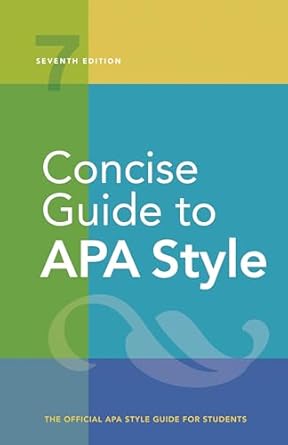[toc]
inclusive language guide for psychological writing
Concise Guide to APA Style: 7th Edition (OFFICIAL)
Page 93 Review
Understanding Inclusive Language in Psychological Writing
This excerpt from a style guide emphasizes the importance of precise and respectful language in psychological writing.
It highlights avoiding biased terms and ensuring clarity when discussing individuals, disorders, and treatment.
Appropriate Terminology for Participants
The text addresses the evolution of acceptable terms for individuals involved in research:
“children,” or “respondents” as well as the more general terms “participants” and “subjects” are acceptable. “Subjects” and “sample” are also customary when discussing established statistical terms and experimental designs (e.g., “within-subjects design,’ “between-subjects design,’ “sample-size-adjusted Bayesian information crite- rion,’ “between-samples estimate of the variance’).”
This clarifies that while alternatives exist, the terms “subjects” and “sample” are still appropriate within the context of statistical analysis and experimental design.
Using “Patient” vs. “Client”
The excerpt distinguishes between “patient” and “client” based on the setting:
“Use the term “patient” to describe an individual diagnosed with a mental health, behavioral health, and/or medical disease, disor- der, or problem who is receiving services from a health care pro- vider (e.g., psychologist, physician, nurse, or other provider).
This language is consistent with the language used in the health care sys- tem and promotes psychologists as being perceived as a part of, and consistently integrated into, the culture of interprofessional, inte- grated health care.
However, in academic, business, school, or other settings, the term “client” (or some other term) might be preferred instead of “patient.””
The guidance emphasizes the context-dependent nature of these terms and the importance of respecting individual preferences.
Person-First Language
The passage underscores the significance of person-first language:
“It is also important to recognize the difference between a case, which is an occurrence of a disorder or illness, and a person who is affected by the disorder or illness and is receiving care from a health care professional.
For instance, “manic-depressive cases were treated” is problematic; revising the sentence to read “the people with bipolar disorder were treated” differentiates the people from the disorder.”
This promotes viewing individuals as people first, rather than defining them solely by their condition.
Avoiding Problematic Terms and Broad Generalizations
The excerpt cautions against using broad, undefined terms:
“Broad clinical terms such as “borderline” and “at risk” should be properly explained when used.
Avoid using these terms in a broad sense (e.g., “the diagnosis was borderline,’ “at-risk students”) because such usage obscures the specific clinical or psychometric meaning of the terms.
For example, “the diagnosis was borderline” in a neuro- psychology and psychometric testing context may be clarified to specify a score on a specific test or instrument (e.g., “standard scores between 70 and 80 are considered psychometrically borderline, or between the low average and mildly impaired ranges, indicating a risk for a diagnosis of X”), whereas in a diagnostic context, “the diag- nosis was borderline” may be clarified to specify a diagnosis (e.g., borderline personality disorder).
When using the term “at risk,”
The text stresses the need for clear and specific language to avoid ambiguity and potential misinterpretation.
For example, Instead of using the phrase “patient management” or “patient placement”, the excerpt suggests using phrases like “coordination of care,” “supportive services,” and “assistance” as alternatives.
Respecting Individual Preferences
The text ends by reiterating the importance of respecting individual and cultural preferences:
“Within all contexts, respect the individual and/ or cultural preferences expressed by recipients of psychological ser- vices and their families when you choose language to describe those individuals, families, or populations. (For further information, see Resolution for the Use of the Term Patient; APA, 2018.)”
This highlights the ethical considerations involved in using language that is sensitive and appropriate for each individual and their background.
The Importance of Precise Language
In conclusion, this excerpt highlights the crucial role of precise and respectful language in psychological writing.
By adhering to these guidelines, practitioners and researchers can promote inclusivity, avoid perpetuating harmful stereotypes, and foster a more ethical and understanding approach to discussing individuals and their experiences.
Buy full ebook for only $18: https://www.lulu.com/shop/american-psychological-association/concise-guide-to-apa-style-7th-edition-official/ebook/product-rmzpq54.html?page=1&pageSize=4
Inclusive Language Guide For Psychological Writing
Read more: Analyzing Experimental Stimuli: A Book Review</
Read more: Empathy & Speed: Decoding Emotional Accuracy</


Leave a Reply